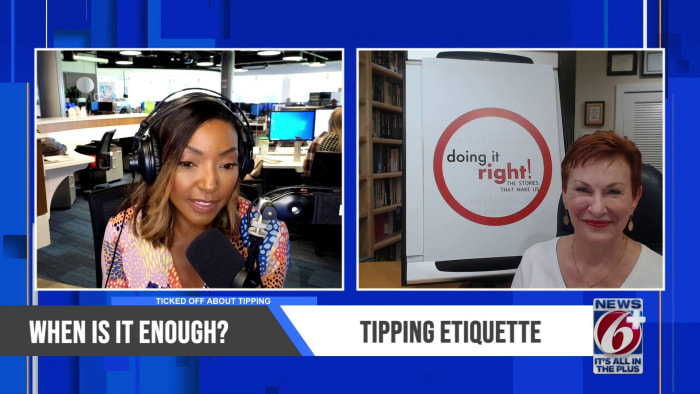Perhaps you’ve noticed. We have reached a tipping point in the country over tipping.
To tip or not to tip has led to Shakespearean soliloquies by customers explaining why they refuse to tip for certain things.
During the height of the COVID-19 pandemic, customers were grateful for those who seemingly risked their safety so we could get groceries, order dinner or anything that made our lives feel normal. A nice tip was the least we could do to show gratitude.
But now that we are out about and back to normal, the custom of tipping for just about everything has somehow remained; and customers are upset.
A new study from Pew Research shows most American adults say tipping is expected in more places than it was five years ago, and there’s no real consensus about how tipping should work.



American tipping history, in a nutshell:
This is just an excerpt; the entire opinion is an excellent read. Thank you for the link.
Kinda blows that whole “To Insure[sic] Prompt Service” myth out of the water, doesn’t it?
Yeah, it does. Though DoorDash would absolutely insist that you continue to look at it exactly that way, lol.
This is such a trap for both the servers and the diners: the servers, who depend upon the tips because they’re severely underpaid; and the diners, who have the choice of not tipping out of protest which might change the system if everyone did but in the meantime would simply fuck their hard-working servers if they do.
I was actually really disgusted to read that NYTimes opinion, because it seems that what we’re all doing by going out to eat is perpetuating Civil War-era disproportionate pay systems meant to keep women and minorities in their own lane and ensure that the rich always have a hungry working class. We can do better; I’m just not sure how – or even how to individually go about it for myself, because the last thing I want to do is dick a hard-working server out of a decent tip for a job well done. It’s a mess.